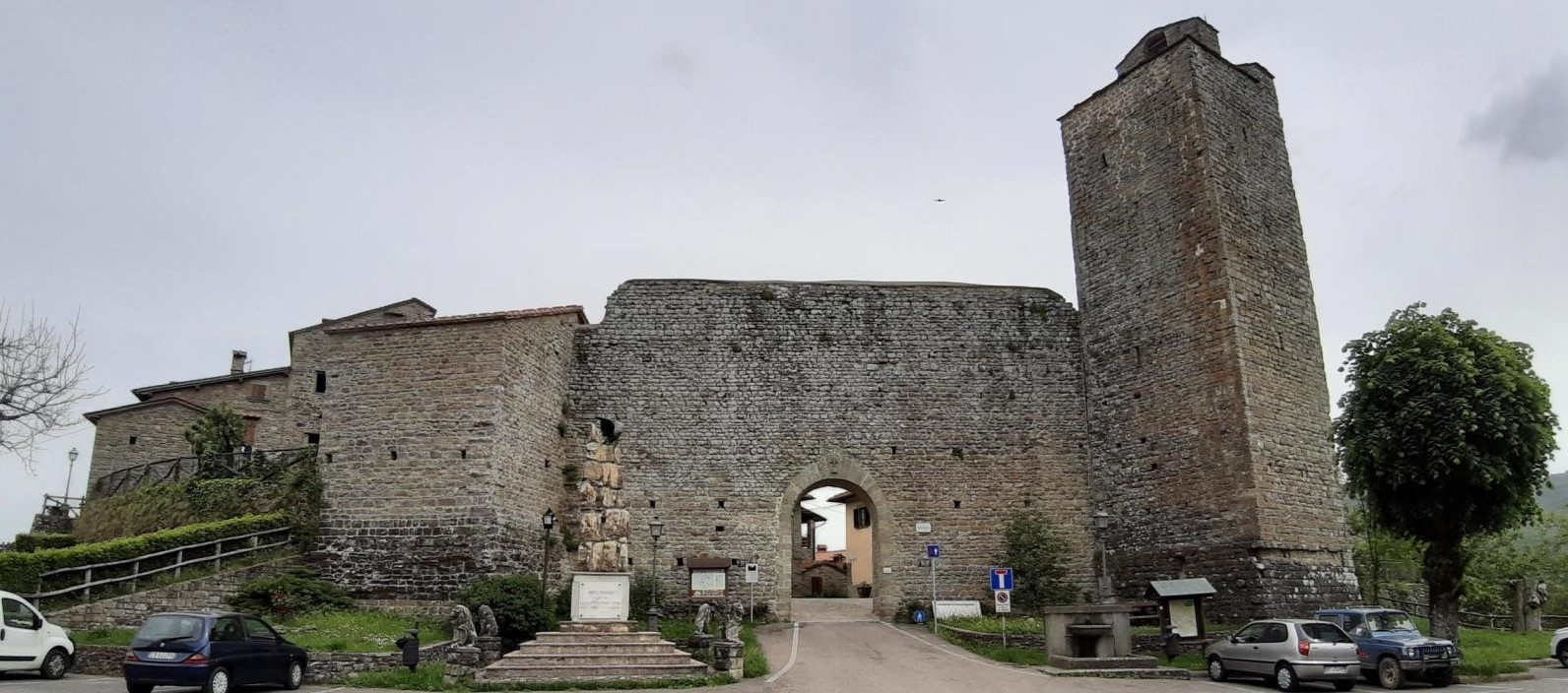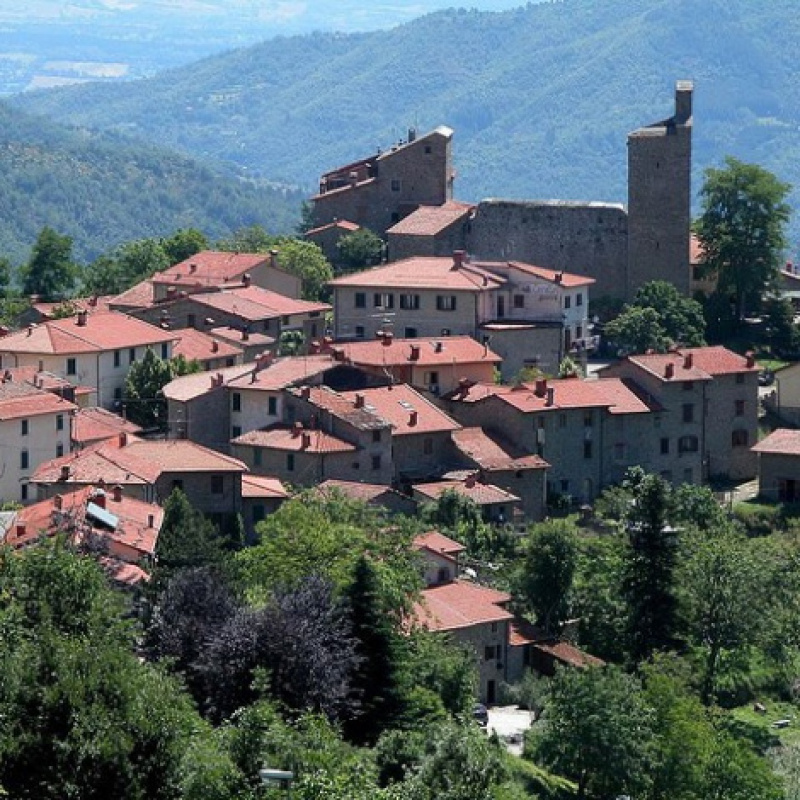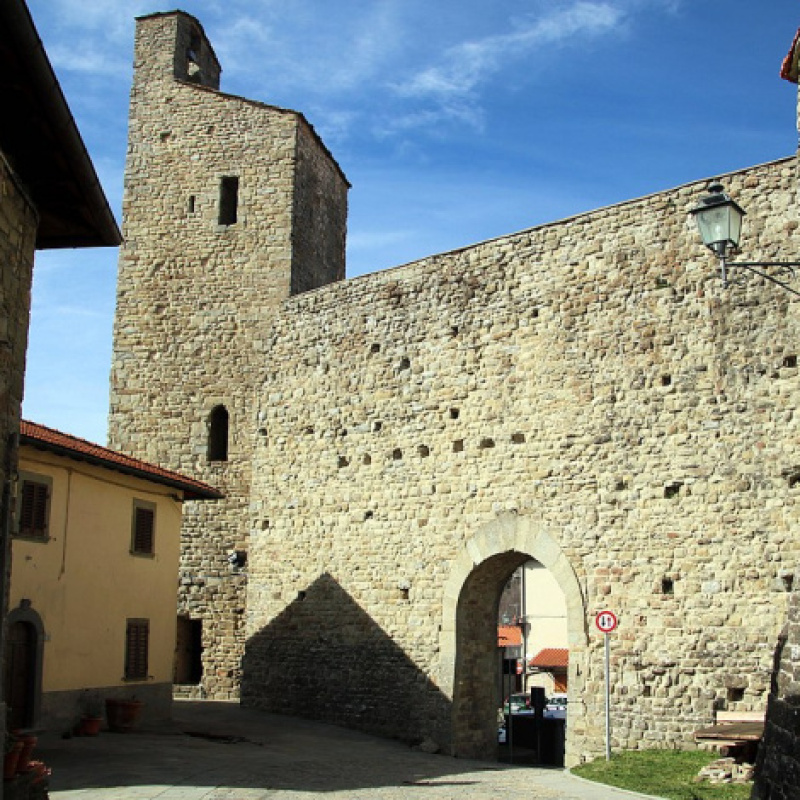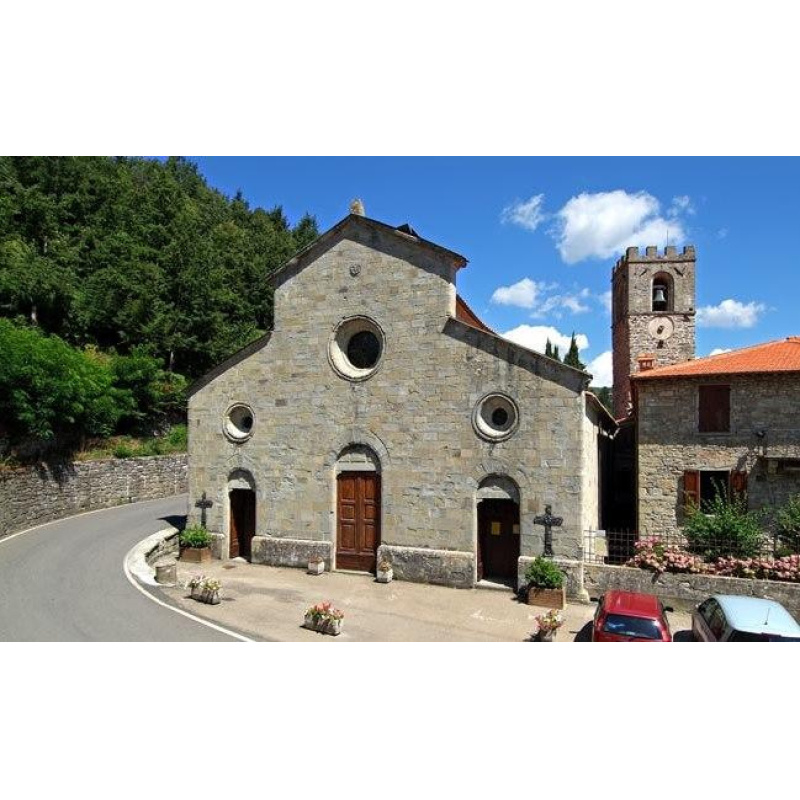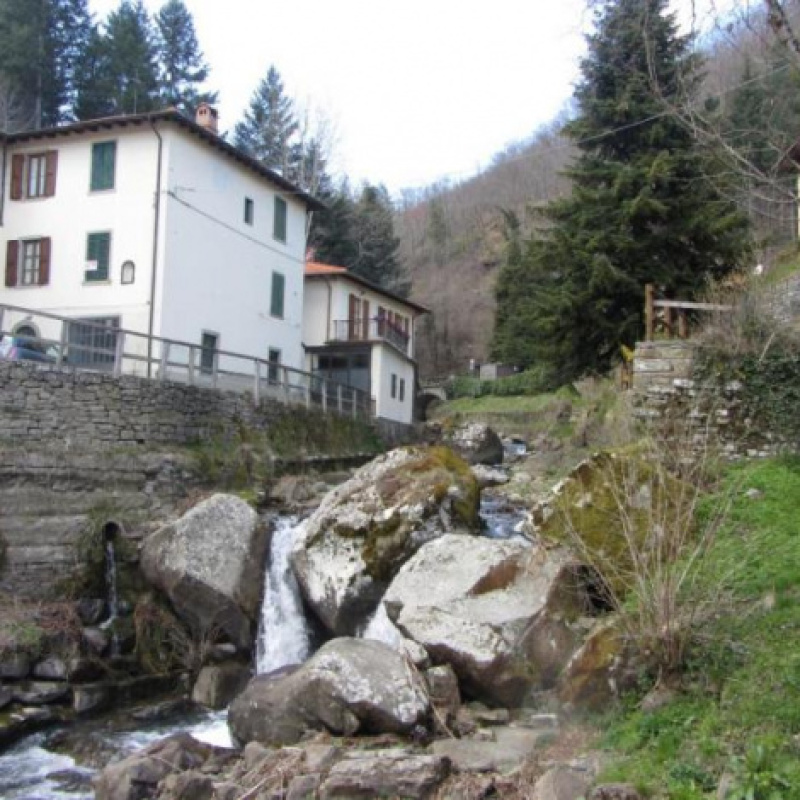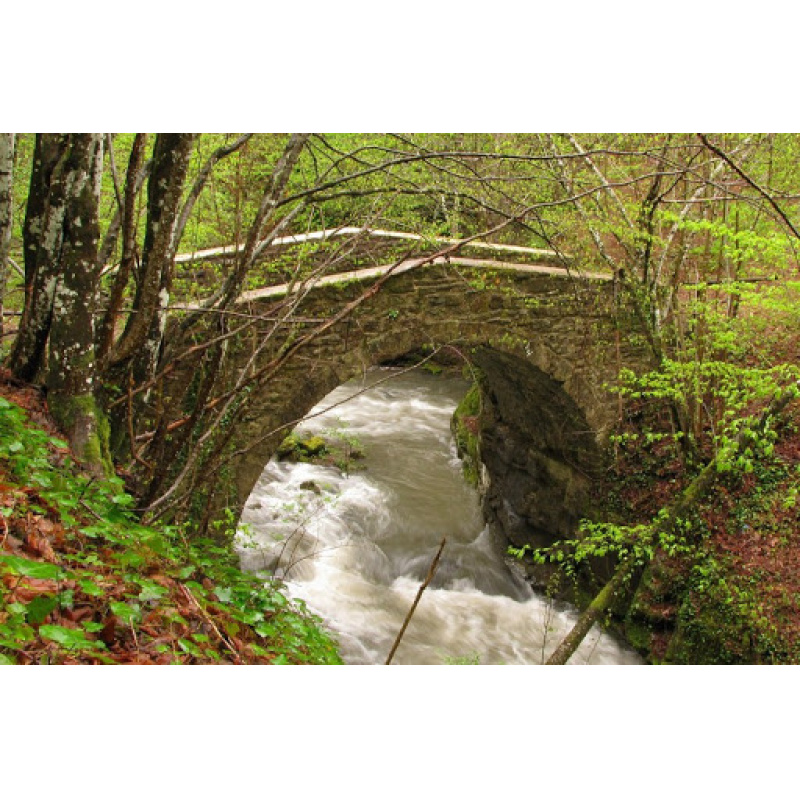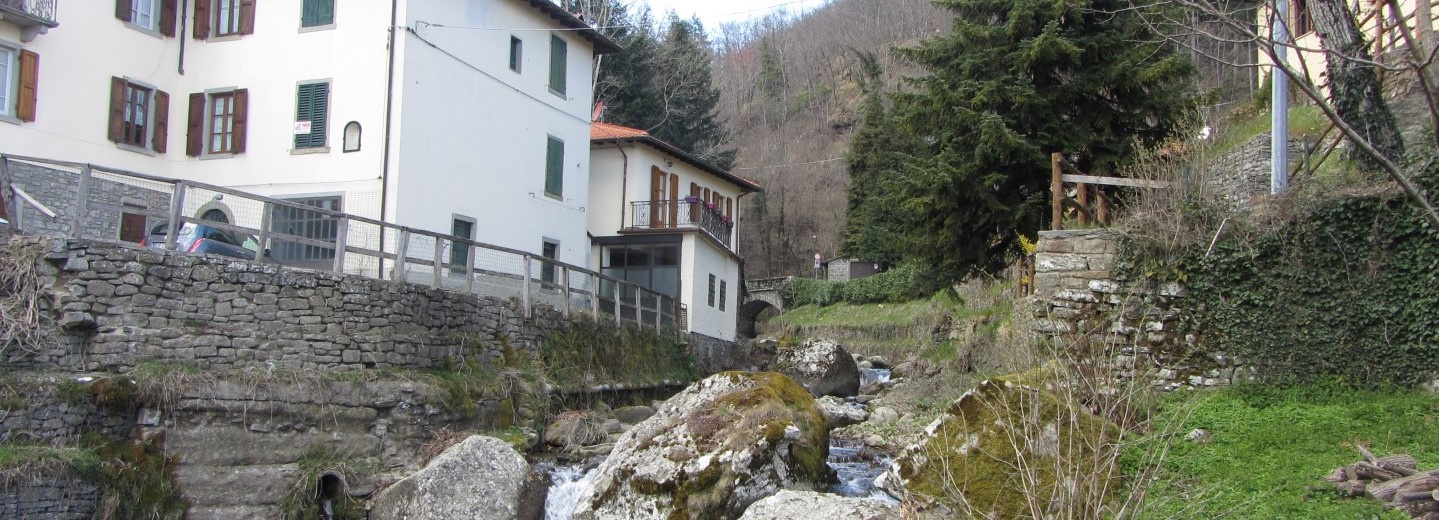MONTEMIGNAIO
Immerso nei rigogliosi boschi del Casentino Uno dei più piccoli comuni della provincia aretina, conserva dell'antico abitato denominato Castel Leone alcune testimonianze nella cinta muraria e in una delle due torri. Il paese è completamente immerso nei boschi di querce e castagni che, da sempre, hanno rappresentato la maggiore risorsa economica della gente del borgo. Qui si trova uno dei più notevoli edifici del Casentino, ovvero la Pieve romanica di Santa Maria Assunta. Essa evoca nelle sue decorazioni segni della storia locale collegata alla tradizione e al lavoro dei boschi tipico della gente di questi luoghi. A due chilometri dal paese è da non perdere una breve sosta per la visita al piccolo romitorio di Santa Maria delle Calle.
Categoria: Luoghi / Place To Visit
Montemignaio English Version
The council of Montemignaio, one of the smallest in the province of Arezzo, rises at an altitude of 739m above sea level and is overlooked by the Leone Castle, built in the XII century Also worth a visit is the parish of St. Mary, a Romanesque-style building that conserves the “Madonna with Child and Saints” by Ghirlandaio. Originally, near today’s village, there was an ancient Roman route that linked Florence to the Casentino area and therefore Arezzo. This road stayed in use even after the fall of the Western Roman Empire and, in the period of “battlement-building” in Tuscany, the first fortified nucleus of Montemignaio was built. The first mention of this dates back to a Papal Bull by Pasquale II, in 1103. This document shows the existence of the parish of Saint Mary, at the time under the control of the Diocese of Fiesole. The area of Montemignaio, on the other hand, was protected by the Empire and entrusted to the Guidi Counts both in Henry VI’s time (end of the XII century) as well as Frederick II’s time (first half of the 13th century). In this period the Castel Leone, or Castiglione, was built. Nevertheless the Guidi government was not appreciated by the local population. Halfway through the XIV century a revolt of the inhabitants of Montemignaio and Castel San Niccolò ousted Galeotto Guidi and gave the two towns to the Florentine Republic. And so the podestà jurisdiction of the Florentine Mountain is founded, sanctioned by the deed signed by Galeotto’s descendent in 1359, denouncing his dominion. Unfortunately Montemignaio did not gain from its Medicean domination those advantages that many other Arezzo-based towns did. In the 19th century Montemignao still had no usable roads and was deprived of the most basic structures, such as schools and medical departments. This, together with the tragedy of the massacres and the “mopping up” of the Second World War, did not allow the village to ever live an authentic demographic development, but did allow it to keep its ancient medieval beauty and many of its local traditions unaltered, kept alive today by its 500 inhabitants.
